Photo
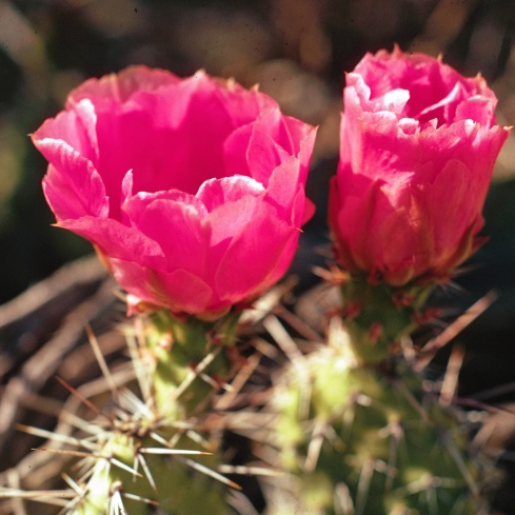
Caption
Plains pricklypear cactus are common throughout the western U.S.; their blooms can vary from pink to yellow. The plant gets its name from the numerous sharp spines on its stems. The reddish-colored fruit it bears is known as a pear or tuna.
Photo

Caption
Indian paintbrush in the sagebrush-steppe; the orange, flower-like tops of the plant are actually leaves.
Photo

Caption
Native Americans ground the seeds of Indian ricegrass, a common bunchgrass in the sagebrush-steppe zone, to make bread and porridges.
Photo

Caption
The flowers of antelope bitterbrush (a common shrub in the sagebrush-steppe) have five petals, and the leaves have three lobes (compare to the leaves of big sagebrush!) (Hint: the leaves of antelope bitterbrush are wider and shorter than those of big sagebrush; they are also less “blue”; both are somewhat “furry.”)
Photo
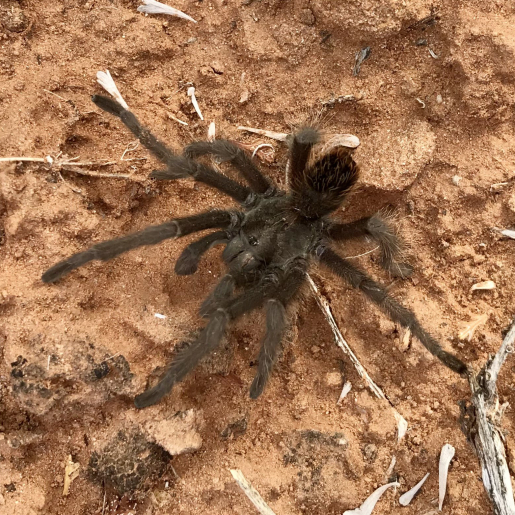
Caption
Male tarantulas migrate across the Colorado Plateau in September and October. Why do they migrate? Like males of most species, they are looking for a mate!
Photo
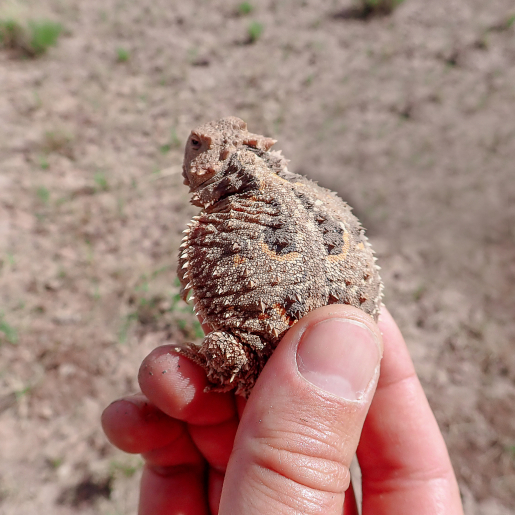
Caption
Horny toads (or horned lizards) are common reptiles in desert areas on the Colorado Plateau. Their coloring and skin texture help camouflage them on the ground.
Photo

Caption
A bull snake at one of DOE’s Colorado Plateau sites; note that there’s no rattle on its tail.
Photo
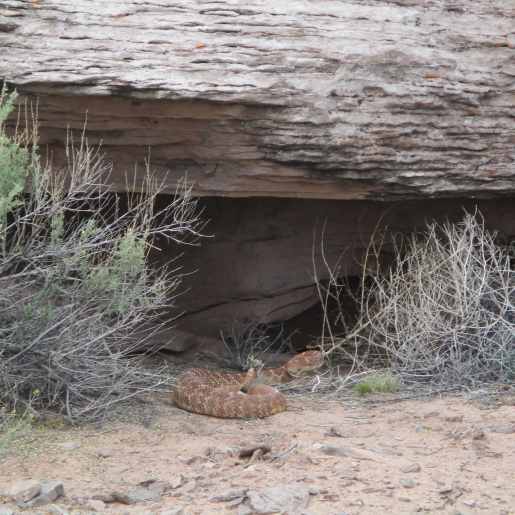
Caption
A diamondback rattlesnake (note the rattle on the end of its tail).
Photo
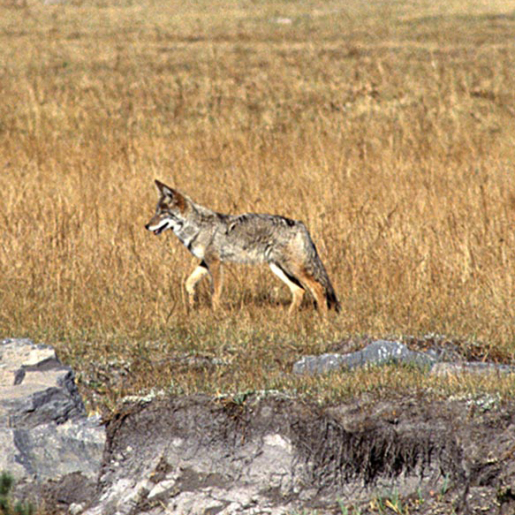
Caption
Coyotes normally hunt alone or in pairs, and they eat almost anything!
Photo

Caption
A young pronghorn trots across a grassland. Pronghorns are the second fastest animal on the land (cheetah is the fastest); they can achieve speeds of 53 miles per hour and run a mile and a half without slowing down. Coyotes, bobcats, and wolves are their main predators.
Photo

Caption
Plains pricklypear cactus are common throughout the western U.S.; their blooms can vary from pink to yellow. The plant gets its name from the numerous sharp spines on its stems. The reddish-colored fruit it bears is known as a pear or tuna.
Plains pricklypear cactus are common throughout the western U.S.; their blooms can vary from pink to yellow. The plant gets its name from the numerous sharp spines on its stems. The reddish-colored fruit it bears is known as a pear or tuna.

